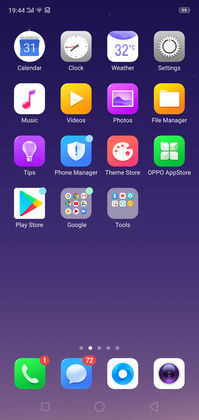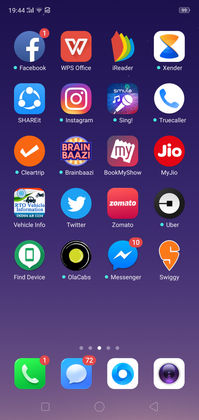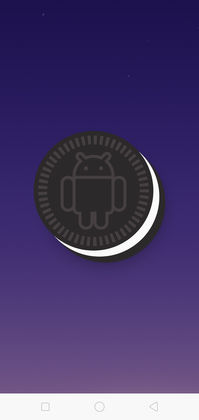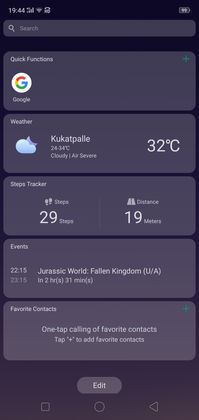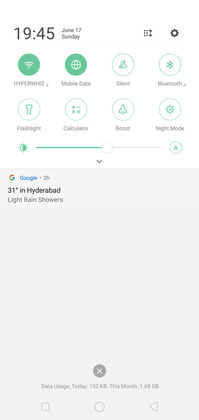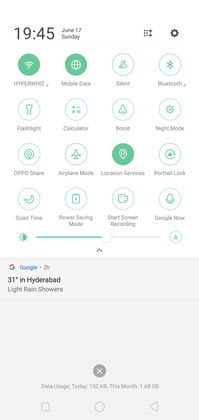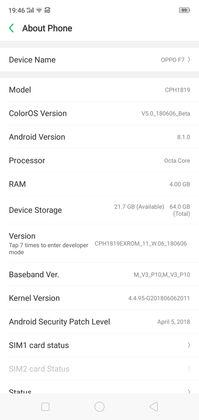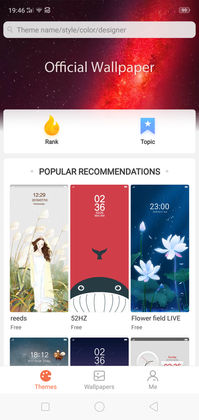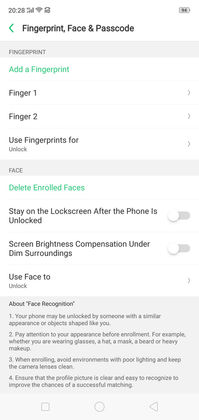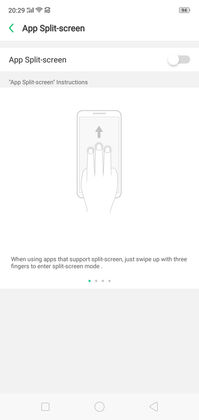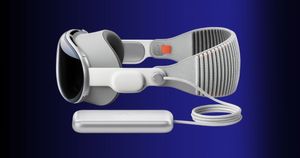
A little over four years have passed since Oppo made its official entry into India with its first launch for the country – the Oppo N1. Since then, the company has managed to garner a significant chunk of the market share in the country thanks to a barrage of aggressive marketing campaigns. As of 2018, the company is a well-established brand in India and has a lot of fan following as well. Oppo’s most popular devices have been phones from its F-series range that came with excellent selfie capabilities. In this review, we take a close look at the company’s newest offering from its F series range, the Oppo F7. The F7 is an aggressively priced, selfie-centric smartphone that packs in great hardware. Let us find out of the handset is worth spending your hard earned money on.
But first, let us check out what comes inside the retail packaging.
Oppo F7 Review: Inside the box
Phone
Transparent Rubber Case
Charger
Charging Cable
SIM Ejector Tool
Earphones
Quick Start Guide
Oppo F7 Review: Design
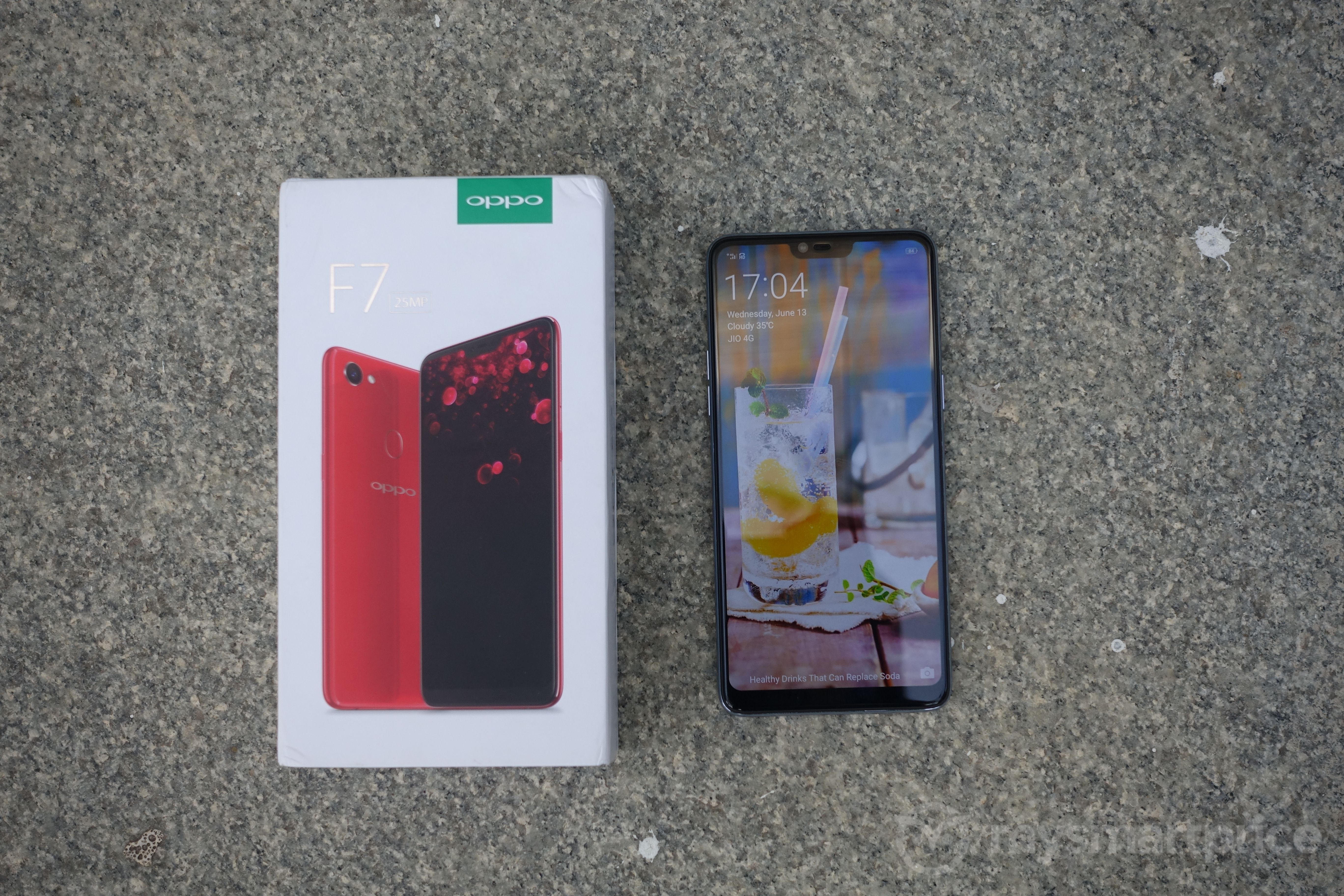
The Oppo F7 is a handsome looking device. I found the handset to be better built than its cousin – the Vivo V9 – that was also launched at around the same time. The Oppo F7 features a premium looking body which incidentally, is not metal. The body is instead almost entirely constructed out of acrylic plastic. Thanks to this, while the phone doesn’t feel as premium to the touch as a metallic phone would, it feels much better than a handset that has a plastic body. The rear panel also gets a glossy finish that adds to the premium touch – while also making the handset a fingerprint magnet. I particularly liked how Oppo made the rear panel, glossy without it being overly reflective. One gripe I had with the device was how easily I managed to stain the handset. If you happen to be a rough user like me, it is advisable that you get a good case to use with the phone. Thankfully, Oppo does ship a transparent rubber case with the handset inside the retail packaging. On the flip side, even with this case, the handset did end up collecting a significant amount of dust, grime and spots even under the covered ‘protected’ back panel. This can, however, be fixed if you get a better quality case for the phone.
Moving on to the other design aspects, the front fascia is almost completely encompassed by the large display except for a thin ‘chin’ at the bottom. The only ‘disruption’ comes in the form of the large notch at the top. Just above the notch are the front facing 25-megapixel selfie camera and the earpiece, along with the proximity sensor. The volume rocker buttons are located on the left side while the power button and the SIM tray are located on the right. The SIM tray is a triple slot that can take in two SIM cards and a microSD card at the same time. At the bottom, you will find the 3.5mm audio jack, the micro USB port, and the primary noise cancellation microphone along with a mono loudspeaker. There is a secondary microphone at the top as well. The F7 gets a very clean rear panel consisting of a single camera, an LED flash and the fingerprint scanner. There is also a prominent Oppo logo on the rear panel. While the phone does get a camera hump, it is very tiny and does not make the phone wiggly when placed on a table.
Oppo F7 Review: Display
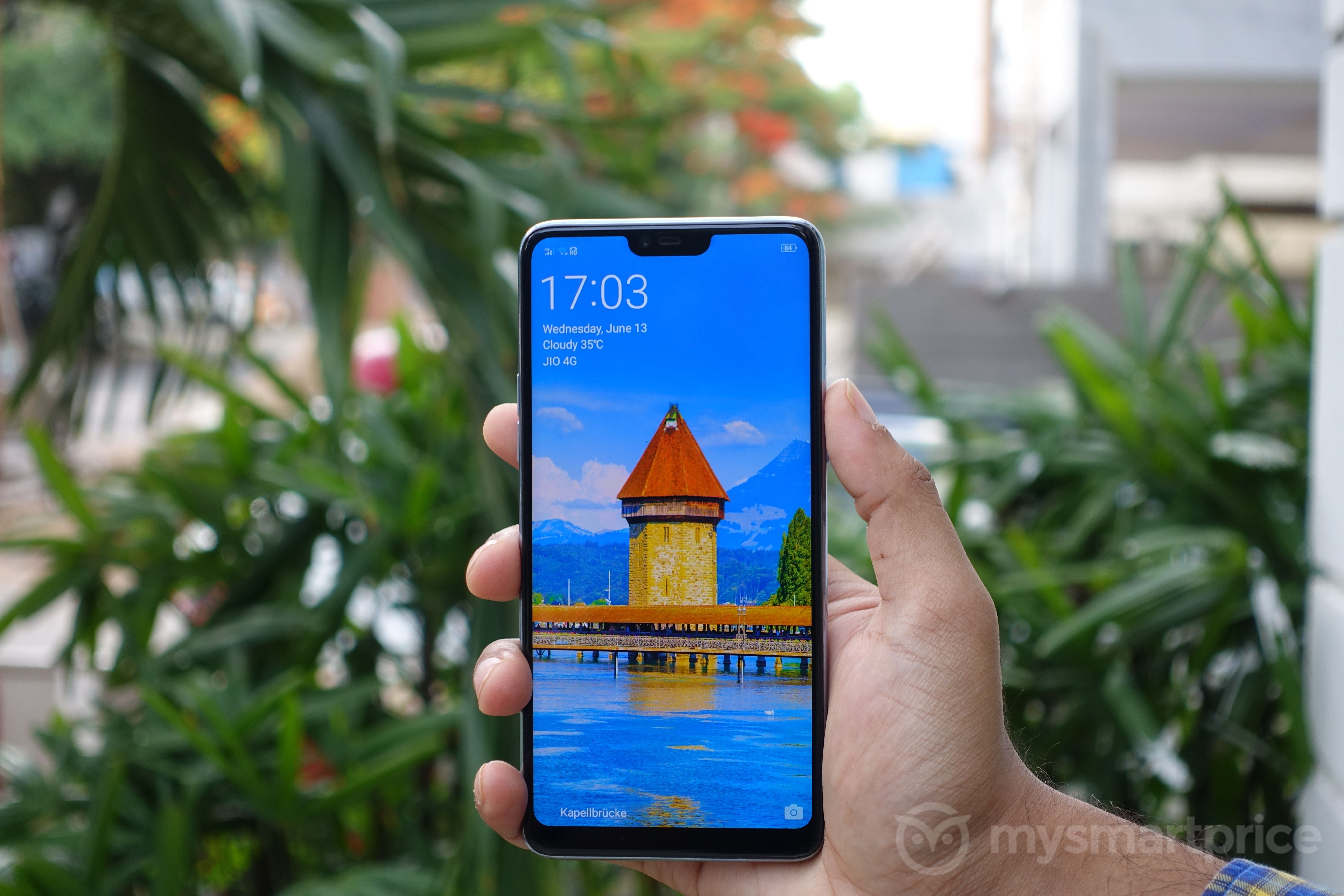
The Oppo F7 gets a large 6.23-inch IPS LCD display with a resolution of 1080 x 2280 pixels, thereby ending up with an unconventional aspect ratio of 19:9. The display was sharp, and the viewing angles were great as well. Legibility under direct sunlight, however, could have been better. Make sure you turn your brightness level to full before you go out in the sun. Considering the F7 has an LCD panel, I was surprised to see the black levels on the device which is only bettered by OLED panels. Colour reproduction on the device was fairly accurate with some noticeable bluishness on the whites. However, this was easily fixed by switching to a warmer colour temperature.
Oppo F7 Review: Camera
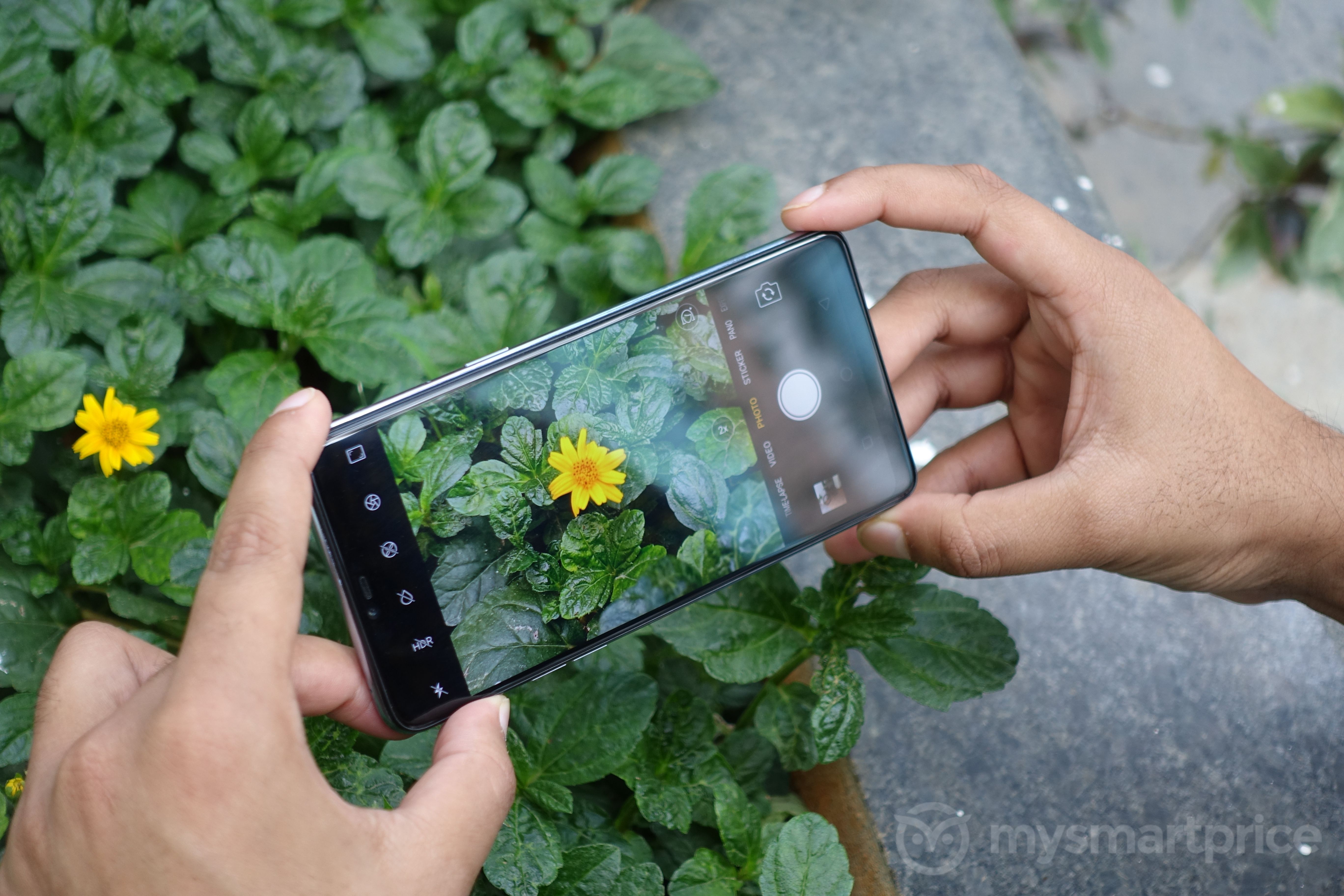
Being an Oppo, the F7 is very competent at capturing selfies thanks to the 25-megapixel front camera. That being said, the phone is not really a slouch either when it comes to the capabilities of its 16-megapixel, f/1.8 rear facing camera. The Oppo F7 is also very competent at ‘recognising’ objects thanks to the AI boost feature. As far as the camera UI is concerned, while fairly comprehensive, in case you are someone who likes to tweak around with the settings, the F7 does fall short. You cannot, for example, know the actual resolution at which you are capturing images with the only options being presented to you being ‘Standard’, ‘Square’, and ‘Fullscreen’. Video capture can be done at 1080p 30fps as well as 720p resolutions. Both the cameras support video filters and video beauty mode, but only in the 720p resolution. Coming back to still images, the rear camera also invites you to try out the 1X zoom which in spite of being digital in nature, worked fairly well in most conditions. You do get this zoom option even in the video mode. As mentioned earlier, you do get a fair bit of control while in the ‘Expert’ mode. The phone also features the sticker mode that lets you add funny stickers to your face. While it might seem gimmicky in nature initially, I must admit I did have a fun time using it.
Oppo F7 Review: Image Quality
The 16-megapixel rear camera on the F7 is very good at capturing images during well-lit conditions. Images captured during sunrise and dusk also look great. While the dynamic range could have been better, the HDR mode can go a long way in helping you fix this. Images of foliage, for example, look great on the display but lack detail when you zoom into them. The handset, however, is great at landscape photography as long as you do not zoom into the image. I did manage to capture some excellent looking landscape images using the handset.
As far as low light imaging is concerned, the F7 should on paper be able to capture excellent low light images thanks to its f/1.8 aperture. However, the lack of OIS almost negates the availability of this wide aperture. You will need to possess extremely stable hands to get a clear shot. Low light images also came out with a tangible amount of noise. The panorama mode is good when you have bright lighting conditions. Even with the single camera at the rear, the F7 does manage to simulate background blur thanks to Oppo’s expertise with selfies. The front shooter, however, is more capable of the two as far as background blur is concerned.
Being an Oppo, the F7 features a high resolution, 25-megapixel front snapper. And while the front shooter lacks autofocus, it is great at what it is advertised for. One issue that I noted, however, was that the focus wasn’t great when you use the phone with a selfie stick. The phone supports HDR in the selfie mode as well which I recommend keeping on all the time as it improves the dynamic range on all selfies. In case you are the kind who shares a lot of selfies on Facebook or Instagram, the Oppo F7 should be the perfect tool for you. Do not, however, expect great details from the camera in case you wish to view them at 100% crop on your computer screen. Background blur is great even without a secondary front camera. You will also have a lot of fun with the stickers feature. Even I was hooked!
Oppo F7: Software
The Oppo F7 runs Android 8.1 Oreo underneath the heavily customized Color OS UI. The F7 also runs the latest version of Color OS (version 5), and the biggest addition to it happens to be the enhanced AI engine. This lets the handset handle tasks like face unlock, facial and object recognition with relative ease. While not full of bloatware, the F7 does come with a fair share of preinstalled apps. Apart from the GSuite bundle, you also get Oppo’s own app store and its own backup tool as well as a bunch of productivity tools. In case you have used an Oppo before, the UI will feel familiar. Those of you coming from a pure Android UI will need some time getting used to the lack of an app drawer. I loved the lock screen wallpaper setup that has an automatic slideshow of images going on continuously. You can also customise this setup and have your own set of images show up here. The F7 supports theming, and you can choose from a host of downloadable themes and wallpapers from Oppo’s own store. In case you are not particularly fond of the default font, this can be changed as well. Color OS also supports the dual apps feature that lets users run two instances of the same app with multiple accounts.
The Oppo F7 gets multiple security options to choose from – including the older passcode and pattern mechanisms. The phone also gets a fingerprint scanner which I found to be extremely fast. Face Unlock feature is also available and it is as quick as the ones I found on more expensive handsets.
Thanks to the presence of the notch at the top, and the fact that the aspect ratio of the display is an unconventional 19:9, you get the option to turn the notch off for apps that have important aspects hidden behind the notch. There is also a full-screen mode option for apps that make use of the taller display. I did not, however, find an option to turn the notch off completely.
Oppo F7: Performance, battery life

In the one month that I used the Oppo F7 as my primary smartphone, I managed to fill the entire 64GB of internal storage. I did not, however, face an issue with the phone slowing down to a halt. This was largely due to the ample 4GB of RAM, and the excellent Mediatek Helio P60 SoC. The P60 houses an octa core processor consisting of 4X Arm Cortex A73 and 4X Arm Cortex A53 cores. The graphics is handled by the Mali G-72 MP3 GPU which lets the phone handle even heavy games with relative ease. You might experience an occasional frame drops, though. As mentioned already, I did not manage to slow the handset down even after almost entirely filling up the internal storage. I might need to use the phone for a couple of months more to see if I do manage to slow it down.
The 3,400 mAh battery inside the Oppo F7 does not support fast charging. It took a little over 2 hours to charge the handset from 0 to 100 per cent. As far as battery life is concerned, I consistently managed to use the phone for well over 1.5 days after a complete charge. I was not able to get the actual screen on time since both Oppo and Vivo does not provide this detail within the battery stats settings. All said and done; you can easily trust the F7 to last an entire day even with moderate amount of gaming at 70% brightness.
Oppo F7: Final Words, Conclusion
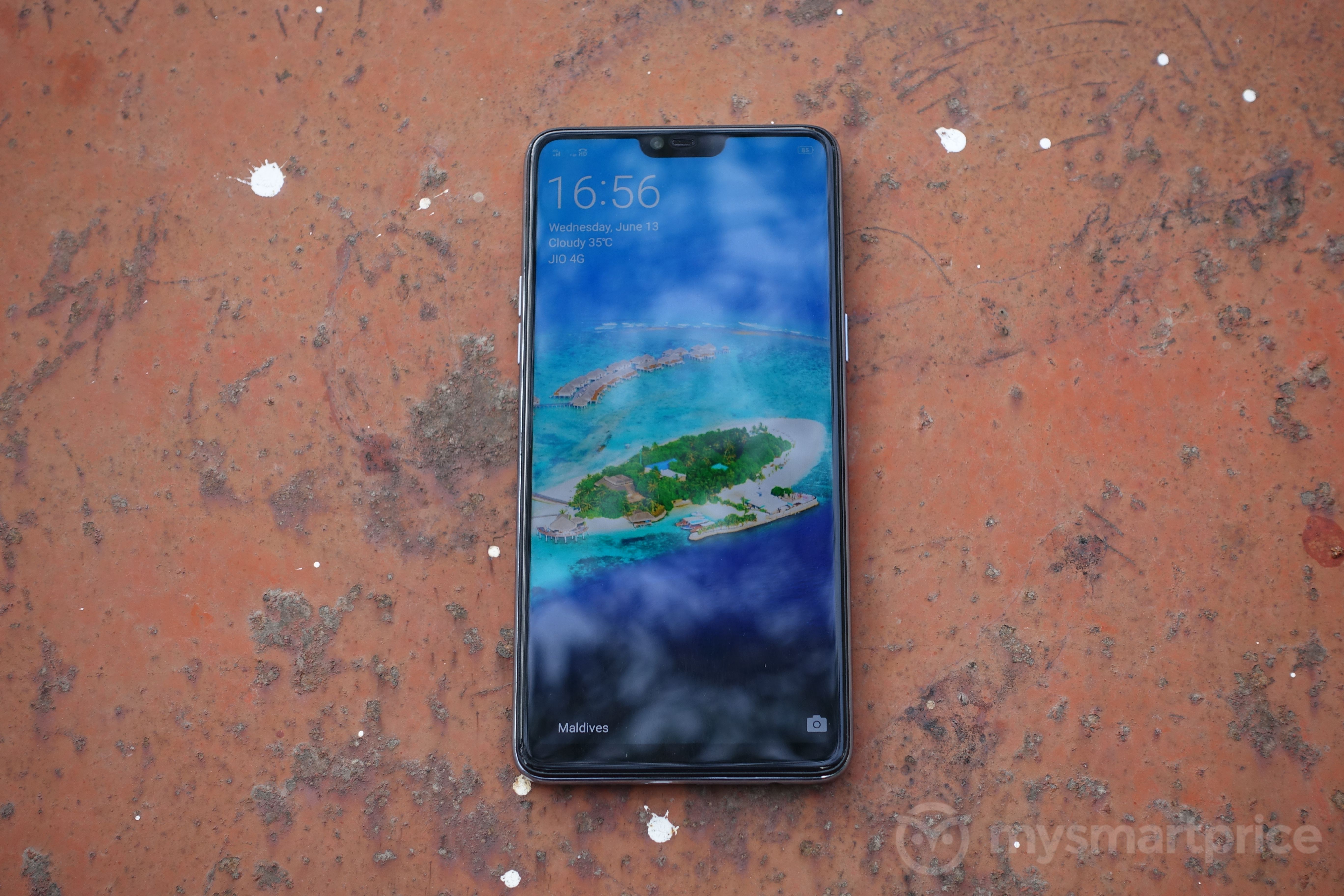
The Oppo F7 is the first Oppo smartphone that I have reviewed. Until now, I believed that Oppo made overpriced devices that aren’t really “up there” when it comes to performance. While I am not sure about how things were earlier, the F7 with Color OS 5.0 and the excellent Mediatek P60 chipset definitely proved me wrong. I will totally recommend the F7 in case you are looking for a decently powerful handset with excellent selfie capturing abilities. On the flip side, I would also want Oppo to fix a few issues to make the F7 an all rounded package. Firstly, the rear camera could have been slightly better and should have taken better low light images with its f/1.8 lens. Secondly, the device could have been a bit more premium with a metal body instead of the current plastic body. The F7 is offered in a base 4GB + 64GB and a pricier 6GB + 128GB version and to be honest; I was pretty happy with the 4GB version. At Rs. 21,990, the base version is actually a good purchase. Competition comes in the form of the Moto X4 and the Vivo V9.
Vivo V9 Review: ‘Notch’ Without Its Flaws
While I will choose the Oppo F7 over the V9 any day, the Moto X4 does have a more premium build and better imaging (rear camera) and video capabilities. If you are a selfie freak, however, I am sure you will totally dig the Oppo F7.




































